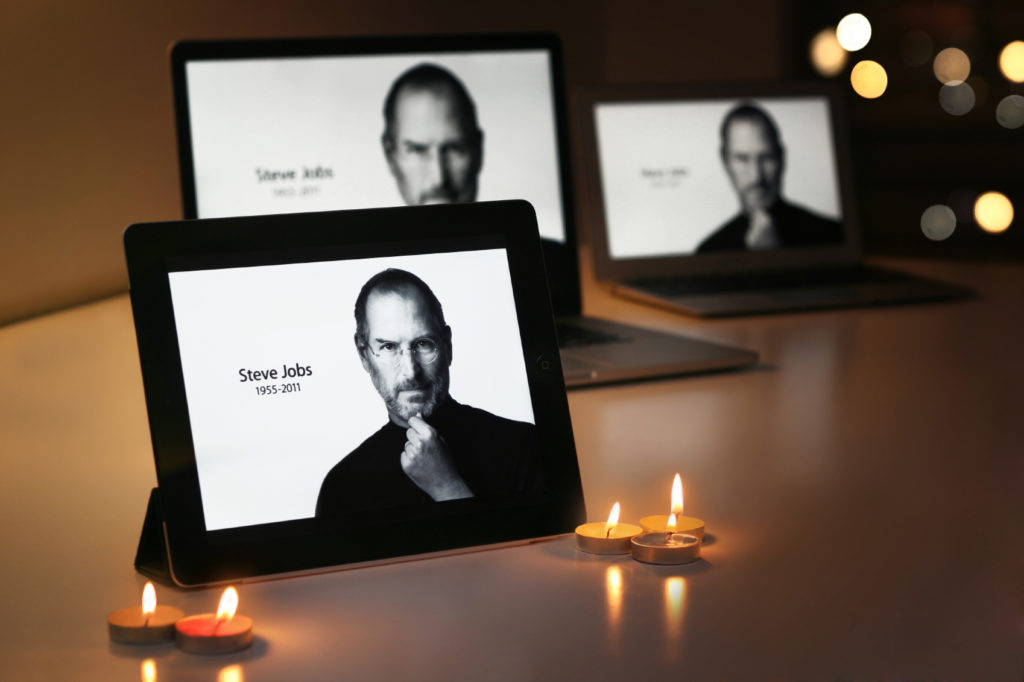#1: Best Of The Mr. Media Training Blog 2015
This Post, “How To Answer Tough Questions: Walk The Ladder,” was published on August 27, 2015.
In his 1949 book Language in Thought and Action, linguist S.I. Hayakawa described what he called the “Abstraction Ladder.”
As he visualized it, the bottom rungs of the ladder contained the most concrete ideas or objects (he offered the example of a cow named Bessie), while the top rungs contained more abstract concepts (he suggested “livestock” and “farm asset” as more abstract descriptors of the cow).

Keeping the Abstraction Ladder in mind can help you answer difficult questions more effectively.
When you’re asked a challenging question, try to place it on the Abstraction Ladder—is the question abstract or specific? Once you’ve identified which side the question is closest to, you’ll go to the opposite end in your response. If the question is vague, you can reply using a specific example. If the question is focused on a specific detail, you can broaden your response by placing it into a larger framework.
The reason this approach works well—particularly in hostile situations—is because it prevents you from getting into a back-and-forth debate. By reframing your response more narrowly or broadly than the original question, you can reduce the chances that you’ll get stuck on that point.
Here’s an example from everyday life that proves why this technique works.
Let’s say your spouse snaps at you when you wake up in the morning: “You forgot to take the trash out again! It smells in here, and I’m tired of you never taking it out!” You respond by snapping back, “That’s not true. I always take the trash out! I just forgot last night.”
You’re now debating the trash—and because you’re both in the same place on the Abstraction Ladder, it’s easy to see how such an argument can escalate with both sides leaving unsatisfied.
Alternatively, imagine that you broaden your response and provide more context about why you forgot to take the trash out. “I’ve been really nervous about our budget lately, and I spent a couple of hours on the computer last night trying to figure out how we could save some money. I was so stressed out and exhausted by the time I was done, I forgot all about the trash. I’m sorry about that.”
It’s easy to see how such a response, which makes the conversation about something larger than the trash, can help deescalate the tension.
Real-Life Example: Steve Jobs

Steve Jobs, the late founder of Apple, offered a wonderful example of changing the level of abstraction when he was asked a pointed question by an audience member at a 1997 technology conference.
“It’s clear and sad that on several counts you discussed, you don’t know what you’re talking about. I would like, for example, for you to express in clear terms how, say, Java, in any of its incarnations, addresses the ideas embodied in OpenDoc. And when you’re finished with that, perhaps you can tell us what you personally have been doing for the past seven years.”
Jobs went silent for several seconds before responding, during which time he sat down, took a sip of water, put his head down, and thought. When he responded, he said:
“One of the hardest things when you’re trying to effect change is that people like this gentleman are right in some areas. I’m sure that there are some things that OpenDoc does, probably even more that I’m not familiar with, that nothing else out there does. And I’m sure that you can make some demos, maybe a small commercial app, that demonstrates those things.
The hardest thing is how does that fit into a cohesive larger vision that’s gonna to allow you to sell $8 billion, $10 billion of product a year? And one of the things I’ve always found is that you’ve gotta start with the customer experience and work backwards to the technology…and as we have tried to come up with a strategy and a vision for Apple, it started with, ‘What incredible benefits can we give to the customer, where can we take the customer?’ not starting with, ‘Let’s sit down with the engineers and figure out what awesome technology we have and then how are we going to market that.’ And I think that’s the right path to take.”
At the beginning of his answer, Jobs addressed the questioner’s accusation directly by conceding he didn’t know everything about OpenDoc. But he quickly transitioned away from the negative question and reframed the subjects of the query, Java and OpenDoc, into a larger framework—Apple’s overall product development strategy.
In so doing, he moved from the bottom rungs of the Abstraction Ladder to the top ones.
Like the blog? Read the book! The Media Training Bible: 101 Things You Absolutely, Positively Need to Know Before Your Next Interview is available in paperback, for Kindle, and iPad.


